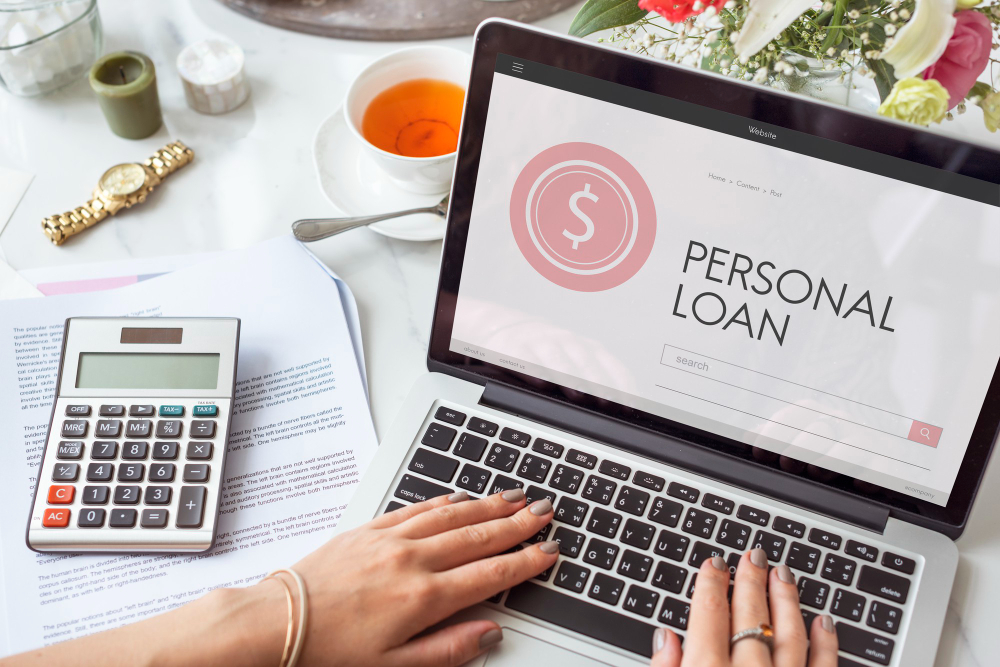When it comes to personal loans, there are two main types you’re likely to encounter: secured and unsecured loans. Each has its own set of advantages and disadvantages, and choosing the right one can make a big difference in your financial journey. In this guide, we’ll break down the differences between secured and unsecured personal loans to help you make an informed decision.
Understanding the Basics
Secured Personal Loans
What are secured personal loans?
Secured personal loans, which are available via the likes of Smarter Loans, are loans that are backed by collateral, which is an asset you own. This collateral could be your home, car, or another valuable item. If you fail to repay the loan, the lender can take possession of the collateral to recover their losses.
Pros of Secured Personal Loans
- Lower Interest Rates: Because lenders have a safety net in the form of collateral, they often offer lower interest rates on secured loans.
- Higher Loan Amounts: With collateral at stake, you can typically borrow larger sums of money with a secured loan.
- Easier Approval: Secured loans are generally easier to qualify for, making them accessible to a wider range of borrowers.
- Longer Repayment Terms: You may have more time to repay a secured loan, which can result in lower monthly payments.
Cons of Secured Personal Loans
- Risk of Losing Collateral: The most significant drawback is that if you default on the loan, you could lose the collateral you’ve put up.
- Lengthy Approval Process: Secured loans often involve more paperwork and a longer approval process compared to unsecured loans.
Unsecured Personal Loans
What are unsecured personal loans?
Unsecured personal loans, on the other hand, do not require collateral. Lenders approve these loans based on your creditworthiness and financial history. If you fail to repay an unsecured loan, the lender cannot seize any specific asset as repayment.
Pros of Unsecured Personal Loans
- No Collateral Risk: You won’t risk losing your assets if you can’t make payments.
- Quick Approval: Unsecured loans usually have a faster approval process, making them suitable for urgent financial needs.
- Simplicity: The application process for unsecured loans is often more straightforward and less cumbersome.
Cons of Unsecured Personal Loans
- Higher Interest Rates: Since there’s no collateral for the lender to fall back on, unsecured loans typically come with higher interest rates.
- Lower Loan Amounts: Without collateral, you might not be able to borrow as much as you would with a secured loan.
- Stricter Eligibility Criteria: Lenders scrutinize your credit history and income more closely, so approval can be challenging for those with poor credit.
When to Choose a Secured Loan
Home Renovation or Expansion
If you’re planning a major home renovation or expansion project, a secured loan can be an excellent choice. You can use the value of your home as collateral, which usually allows you to secure a lower interest rate and access a more substantial loan amount. This can make financing your dream home improvements much more manageable.
Debt Consolidation
Consolidating high-interest debt, such as credit card balances, into a secured personal loan can be a smart financial move. By using collateral, you can secure a lower interest rate, which can save you money in the long run and simplify your debt repayment strategy.
Building or Rebuilding Credit
If you have a limited credit history or a less-than-stellar credit score, a secured loan can help you establish or rebuild your credit. By making timely payments on a secured loan, you demonstrate responsible financial behavior, which can boost your creditworthiness over time.
When to Choose an Unsecured Loan
Emergency Expenses
Unforeseen medical bills, car repairs, or other urgent expenses can be covered by an unsecured personal loan. With quick approval and no collateral requirement, you can get the funds you need in a timely manner to address these unexpected financial challenges.
Short-Term Financial Goals
If you have short-term financial goals like taking a vacation, funding a wedding, or making a down payment on a car, an unsecured loan might be the right choice. Its simplicity and quicker approval process can help you achieve these goals without the need for collateral.
Good Credit Score
If you have a strong credit history and score, you’re more likely to qualify for an unsecured loan with favorable terms. This can include lower interest rates and higher loan amounts, making it an attractive option for those with excellent credit.
The Decision-Making Process
Choosing between a secured and unsecured personal loan ultimately depends on your individual circumstances and financial goals. Here’s a step-by-step process to help you make an informed decision:
- Assess Your Financial Situation: Start by evaluating your current financial status, including your credit score, income, and the value of any assets you could use as collateral.
- Define Your Loan Purpose: Clearly identify why you need the loan. Is it for a specific project, debt consolidation, or an emergency expense?
- Determine Your Risk Tolerance: Consider how comfortable you are with the idea of putting up collateral. Are you willing to take on the risk of losing assets if you can’t repay the loan?
- Compare Loan Offers: Shop around and compare loan offers from multiple lenders. Take note of interest rates, repayment terms, and any additional fees.
- Check Your Credit Score: If you’re considering an unsecured loan, check your credit score and report. A higher credit score can help you secure better terms.
- Calculate the Total Cost: Use online loan calculators or consult with lenders to determine the total cost of the loan, including interest and fees, over the life of the loan.
- Apply for the Loan: Once you’ve made your decision, complete the application process with the chosen lender.
- Review the Loan Agreement: Carefully review the loan agreement before signing. Ensure you understand all terms and conditions, including repayment schedules and consequences of default.
- Repay the Loan Responsibly: Whether you choose a secured or unsecured loan, make timely payments to protect your credit and financial well-being.
Conclusion
In the world of personal finance, choosing between a secured and unsecured personal loan is a crucial decision. While secured loans offer lower interest rates and higher borrowing limits, they come with the risk of losing collateral. Unsecured loans, on the other hand, are more accessible and don’t require assets as security but typically come with higher interest rates.
Your choice should align with your financial goals, creditworthiness, and risk tolerance. Assess your situation carefully, compare loan offers, and make an informed decision that best suits your needs. Whether you opt for secured or unsecured, responsible borrowing and timely repayments are key to maintaining your financial health.
Remember, there’s no one-size-fits-all answer. Your unique circumstances will determine which type of personal loan is the right fit for you. So, weigh your options, plan your finances wisely, and take the next step towards achieving your financial goals with confidence.






